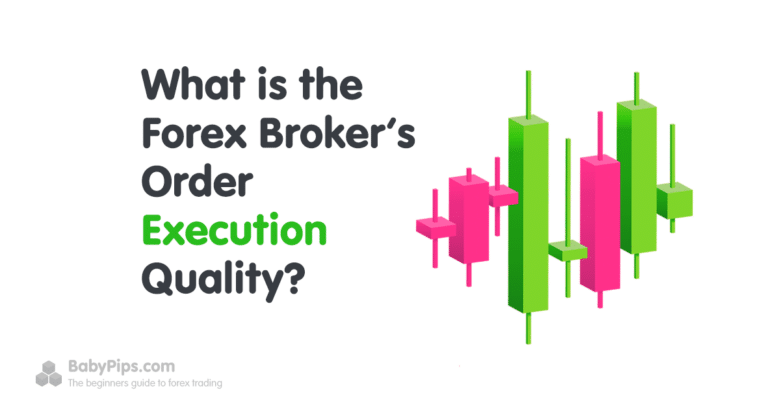What Does Fast Execution Forex Broker Mean For Your Forex Trading?
These days, brokers all over the internet advertise for faster execution speeds and lower latency times. However, what does fast execution mean? How can it benefit your trading and why would it affect you?
The first thing to note is that faster execution times are predominantly an advantage if your broker is a non-dealing desk (ie. They do not trade against you or create a market). If your broker is a market maker, your orders are not going to any Liquidity Providers and the prices are created by your broker which allows them to re-quote.
A trader can enjoy the benefits of fast execution times if their broker is a true ECN or STP Forex broker (non-dealing desk broker). When an order is opened, there is a wait time for the order to be processed. The trader first opens the order via their trading platform on the computer, the order is then sent to reach the trading servers where it is processed with the LPs and is then sent back to the trader’s platform. This entire process is considered the ‘wait time’ (also known as ‘latency’) and is usually completed in less than a second.
Despite this, one second is more than enough time for spreads or currency prices to change. Any change during this waiting period is called ‘slippage’ and is something traders wish to avoid. ‘Slippage’ can be costly, it may reduce profits or increase loss (although it might also increase profits just as easily). Faster execution reduces the risk of slippage as orders are processed sooner and at a level closer to the intended price point.
Faster execution also allows traders to open up multiple trades almost instantly. There is often a lot-size limit to the number of trades able to be sent to an LP at one time. As such, traders work around this by opening up multiple orders one after the other almost instantly. With quick execution speeds, and a Forex trading tool such as one-click trading (an MT4 feature), traders can open up many multiple positions in just a few seconds at similar pricing. If a trader’s strategy proves to be correct, opening up multiple orders almost instantly can boost profits.
There are a few other reasons why faster execution for Forex trading is an advantage. More security and better performance with services such as EAs or Auto-trading sites are some examples, but the lowering of slippage is the main advantage. All these advantages beg the question: how does a trader attain faster execution?
There are several methods a trader might implement to decrease their latency. Although ultimately, it depends on the Forex broker the trader is with. Latency can be decreased if the broker’s technological infrastructure is modern and well-structured. The broker’s servers are very important in this regard, as is their connection method to their LPs. One of the best setups a Forex broker can have is if their LPs are using the same servers as the broker, known as ‘co-allocation’. This kind of setup allows for a massive reduction in latency.
Latency can also be reduced by using a Virtual Private Server (VPS) that is well-maintained and operating smoothly regarding its connection to the Forex broker’s server. It’s worth doing research in finding the best VPS for your setup. Another method may be to use a FIX engine allowing traders to tweak their settings and find an optimum solution to boosting execution speeds.
Forex Trading comes with a degree of risk that should be fully understood before trading. Traders should only risk amounts they can and are willing to afford. If you have any doubts or concerns, you should consult an independent financial adviser.

